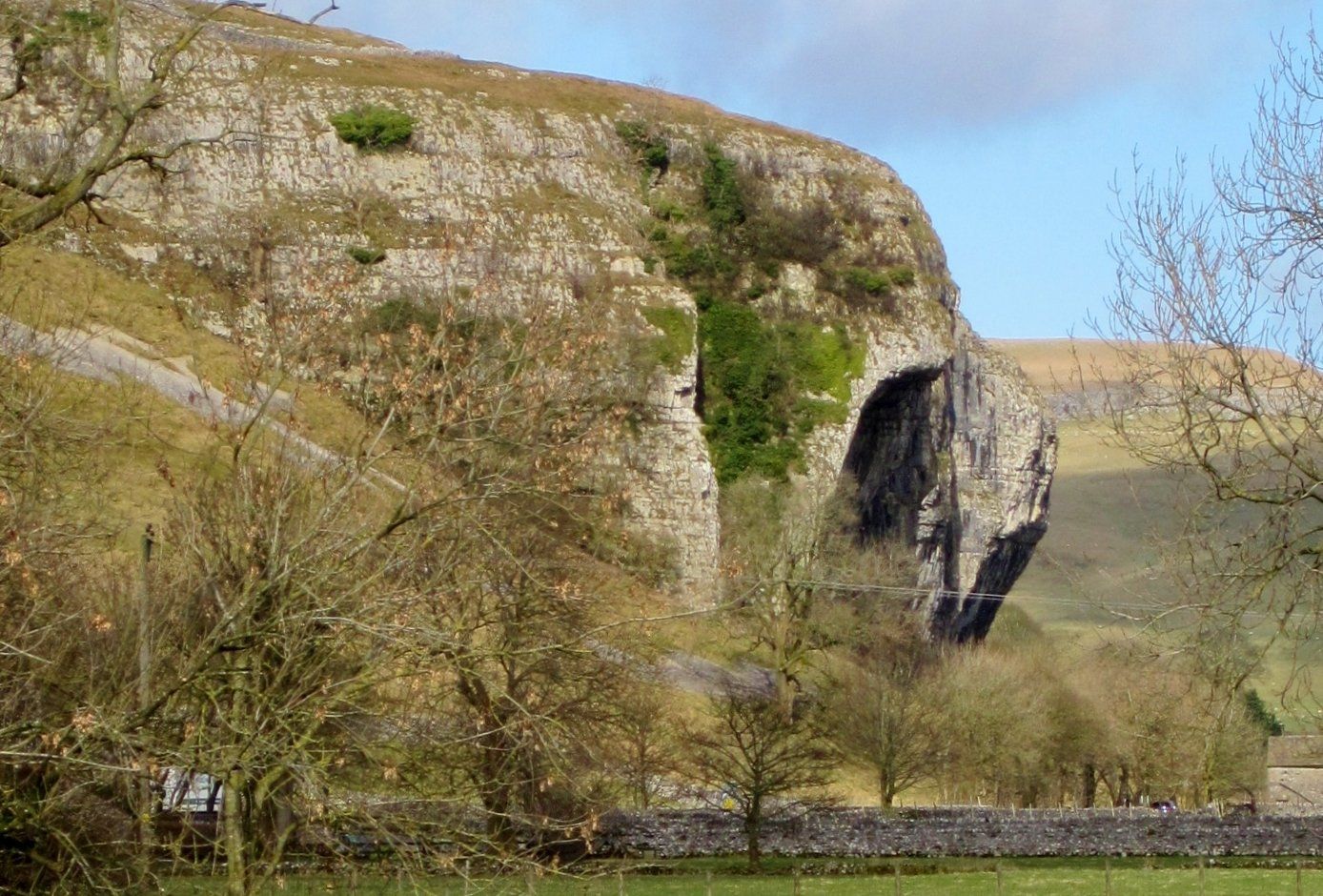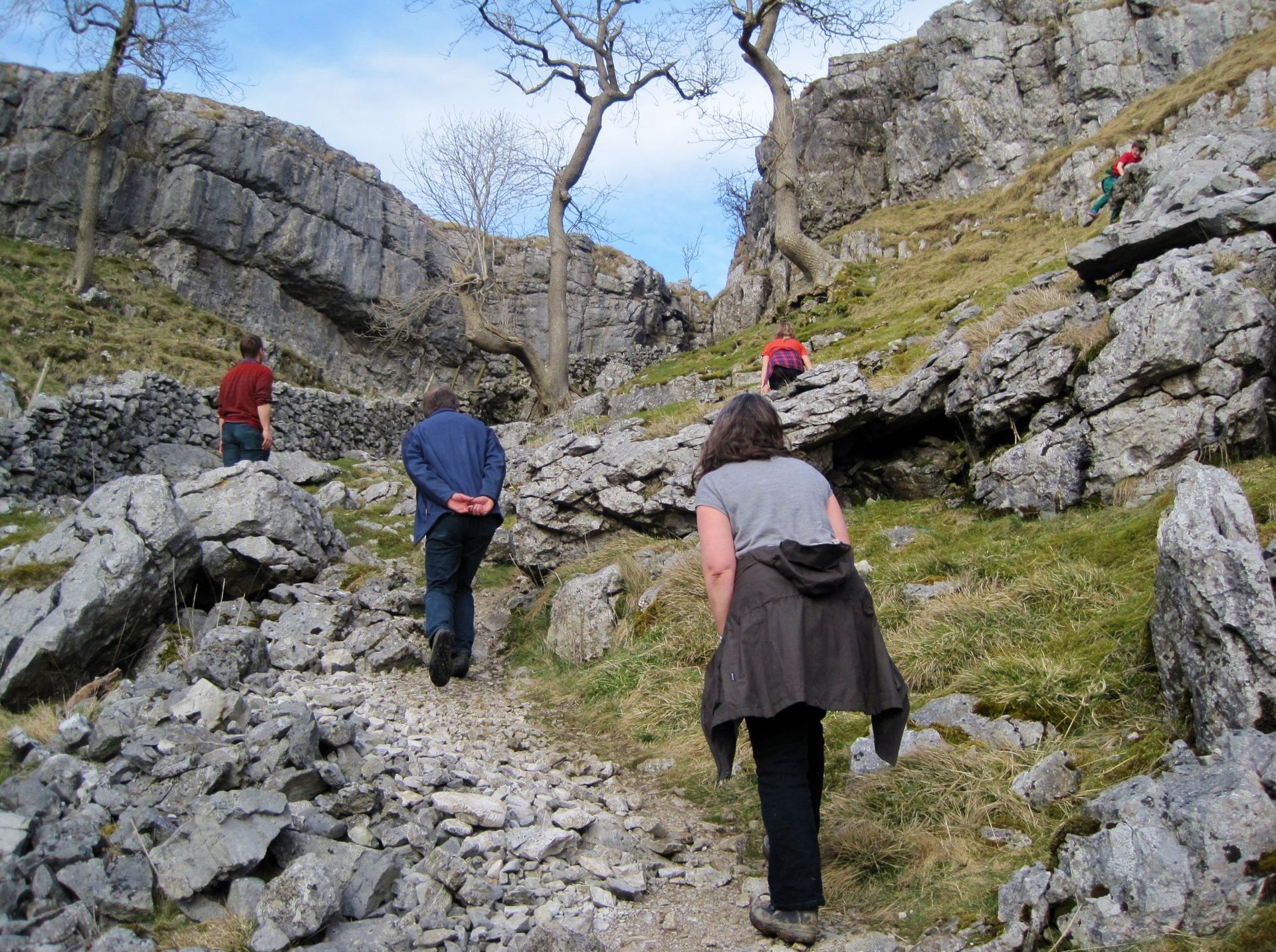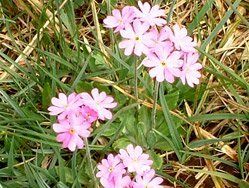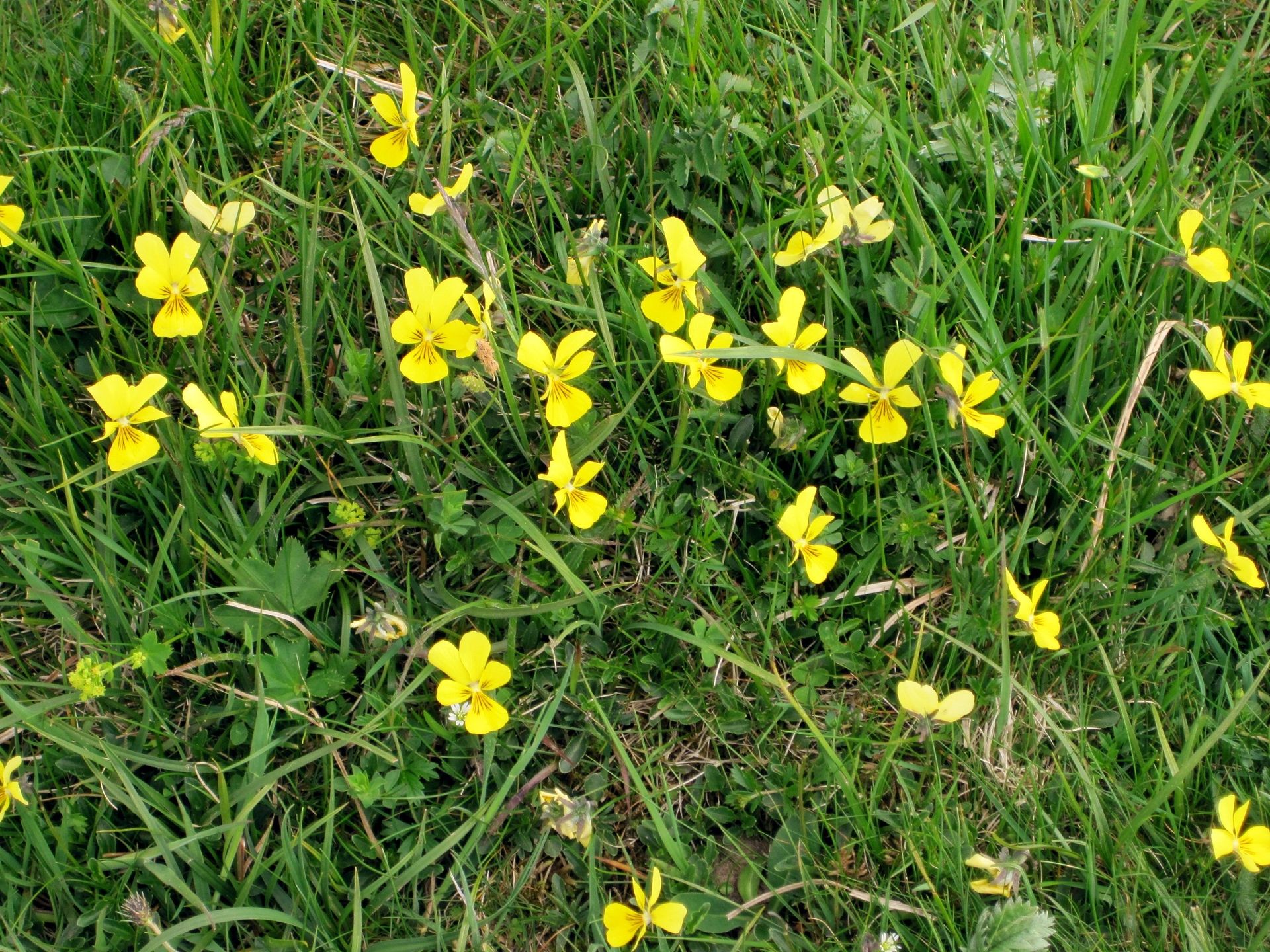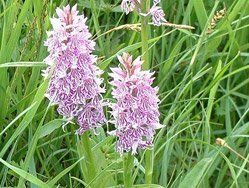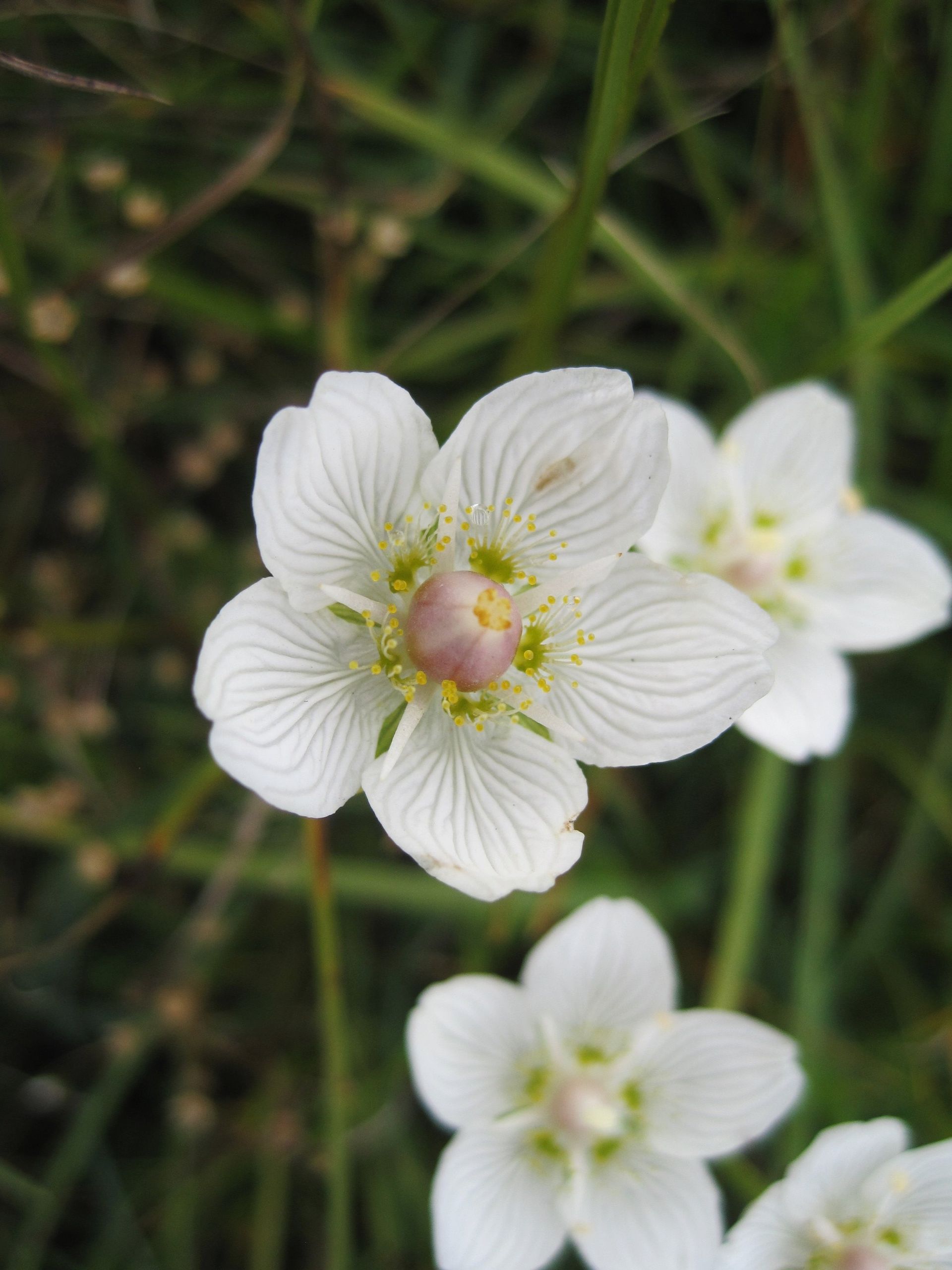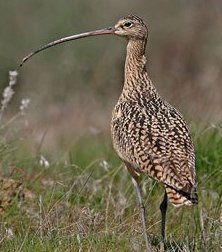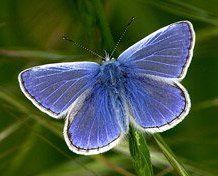Nature
Enjoy landscape, geological features, wildlife and botany in beautiful surroundings
The fine landscape beyond Gurling Trough includes areas of the characteristic 'limestone pavement' - flat expanses of bare rock formed by retreating glaciers scouring away the soil and other loose material, and remaining exposed because on limestone weathering creates no new soil - and the distinctive limestone outcrop nicknamed Conistone Pie. Further south, a second meltwater channel runs alongside Grass Wood, with a dry waterfall know as Dib Scar; and Grass Wood itself, extending towards Grassington, is a good example of an upland ash wood on limestone pavement, in which a series of attractive footpaths was laid out in the nineteenth century.
Within close reach of Conistone and Kilnsey there is a variety of habitats rich in wildlife, including a riverine pasture, mixed woodland, upland pasture and moorland. These very different habitats attract a wonderful variety of wildlife, including birds, flowers, butterflies and moths.
Spring brings the welcome call of the curlew as it floats down from the hilltop, and flocks of lapwings begin seeking their nest sites in the rough pastures. By Easter-time the wheatears are back, followed by the early sand martins, and then the warblers begin to sing. House martins, swallows and swifts appear over the villages and, in May, spotted flycatchers may nest around the houses.
Occasionally, red kites and migrating ospreys are seen in the area, along with the resident buzzards, sparrow hawks, peregrines, kestrels and ravens.
Land behind Kilnsey village is also part of the extensive Malham-Arncliffe SSSI which is of outstanding geological and biological interest. In the 1450s a hedge and ditch was created to enclose 'The Cool', a cow pasture alongside Cool Scar above Kilnsey village, and today Cool Pasture is also designated as an SSSI.
On the other side of the dale, Conistone Old Pasture is another SSSI where mountain pansies, fragrant orchids, birds eye primrose, dropwort, rock-rose, field gentians and grass of parnassus can be found.
In Grass Wood, between Conistone and Grassington, you can see many interesting plants including herb paris, wild garlic, lily of the valley, Solomon's Seal, orchids, violets, harebells and field scabious. Grass Wood is owned and managed by the Yorkshire Wildlife Trust.
Lower Grass Wood, next to the river, is owned by the Woodland Trust and has ash, oak, birch, blackthorn, dog rose and hazel trees. Here you can find primroses, cowslip and bluebells.

